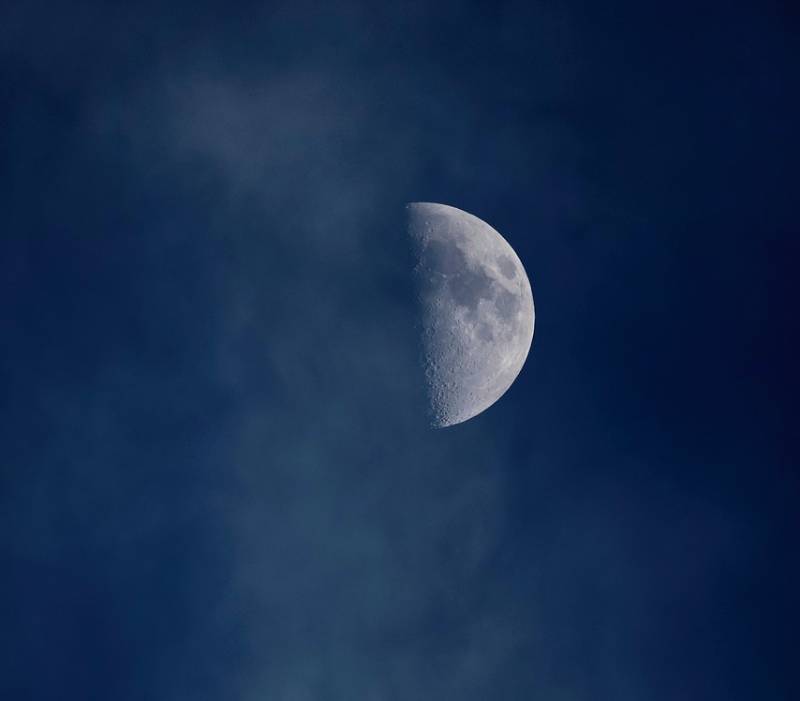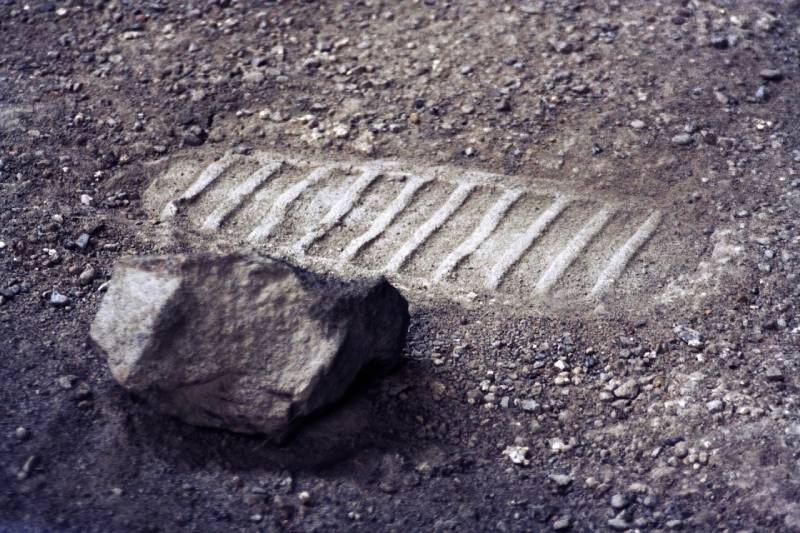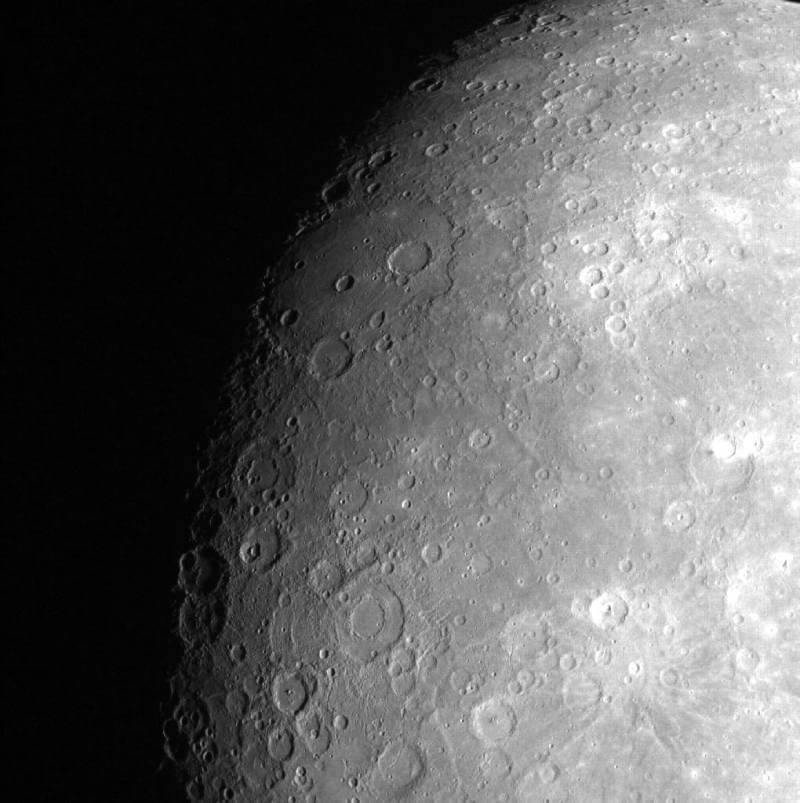While the Moon lacks the strong and life-sustaining atmosphere that characterizes Earth, it has some unique attributes that make it a subject of great scientific exploration and interest. The Moon is considered to be surrounded by a vacuum – a vast, near-empty space without any gases or air, as is common on Earth.
The idea of the Moon having an atmosphere might look unreasonable, but it’s crucial to clarify that when scientists talk of the “lunar atmosphere,” they refer to that in context to scientific objectives. Technically, the presence of molecular and atomic particles on the Moon, when compared to the inner cosmic medium, is surprisingly low. The “lunar atmosphere” is minute and insignificant compared to the gaseous exchange on Earth and different planets in the Solar System.
Does The Moon Have An Atmosphere?
Yes, the Moon has an atmosphere, but it’s incredibly thin and is considered an exosphere. This lunar exosphere is quite different from the atmosphere on Earth, which is not breathable for humans. Some of the attributes of the Moon’s exosphere are:
- The Lunar exosphere is extremely thin and sparse, with just 100 molecules per cubic centimeter. Unlike Earth’s atmosphere, which contains roughly 100 billion billion molecules per cubic centimeter. The Moon’s exosphere is tenuous, often compared to a very good vacuum on Earth.
- In the exosphere, gas molecules rarely collide with each other due to the wide spacing. They have curved, ballistic course and bounce across the lunar surface. It’s different from Earth’s atmosphere, which is denser and well-mixed
- The lunar exosphere is not stable and varies with temperature changes. In the cold lunar night, the exosphere “falls” to the lunar surface effectively due to lower temperatures. It is “kicked up” gain by the solar wind during the following days.
The belief that the Moon lacks a substantial atmosphere is attributed to its low mass, which equates to weaker gravitational forces. Any planet or Moon needs a sufficient gravitational pull to retain an atmosphere. The gravity of the Moon is 1/6 that of Earth, which makes it hard to hold onto gases. Over the years, any atmosphere may easily dissipate into space. In addition, the formation of the Moon from debris formed a collision between Earth and a Mars-sized object in history. Any atmosphere of the Moon may have been lost during that event.
What Is The Moon’s Atmosphere Made Of?
While our understanding of the composition of the Moon remains incomplete, different clues have been gathered through observations and missions. The Lunar Atmospheric Composition Experiment (LACE) from the Apollo 17 mission detected trace amounts of possibly neon, argon, and helium and more complex molecules such as carbon dioxide, methane, and ammonia.

Telescopic observations from Earth have identified the presence of potassium and sodium atoms in the lunar exosphere, energized by the sun. Nonetheless, the list of constituents in the atmosphere of the Moon is still uncertain – this is an exception that many other species contribute to its composition. The lunar exosphere has various sources of gases, encompassing processes like solar radiation, potential outgassing from the interior of the Moon, material released from impacts, surface material from evaporation, and chemical reactions with solar wind particles. However, the relative importance of these processes and sources in shaping the Moon’s atmosphere is up for more findings.
Does The Moon Have Oxygen?
Yes, the Moon has oxygen. However, it does not exist in gaseous form on Earth’s atmosphere. As mentioned, the Moon’s atmosphere is thin and mainly consists of gases like neon, argon, and hydrogen, which technically cannot sustain oxygen-dependent life like humans. However, there is a substantial amount of oxygen on the Moon, mainly trapped within the lunar regolith – the layer of fine dust and rock covering the surface of the Moon. It’s estimated that the Moon’s regolith has approximately 45% oxygen.

While the oxygen cannot be breathed in its current form, there have been efforts in space exploration, like the Artemis Program with NASA and the Australian Space Agency, aimed at developing technologies to extract and convert this trapped oxygen into a form that is breathable and collecting lunar rocks. The research will go a long way to enable oxygen production on the Moon, which is important for potentially sustaining human life and supporting missions for extended periods. Interestingly, a study suggested that the Moon’s top layer alone has enough oxygen to sustain as many as eight billion people for 100,000 years.
Final Thoughts
Not only on the Moon, this atmosphere – exosphere – may be the most prevalent in the solar system, which is also on large asteroids, Mercury, and even remote Kuiper belt objects. Even though it’s common, we still don’t know much about it. The lunar proximity and accessibility offer a chance to understand these elusive exospheres. While there have been great strides in understanding the Moon, there is still so much to discover!

